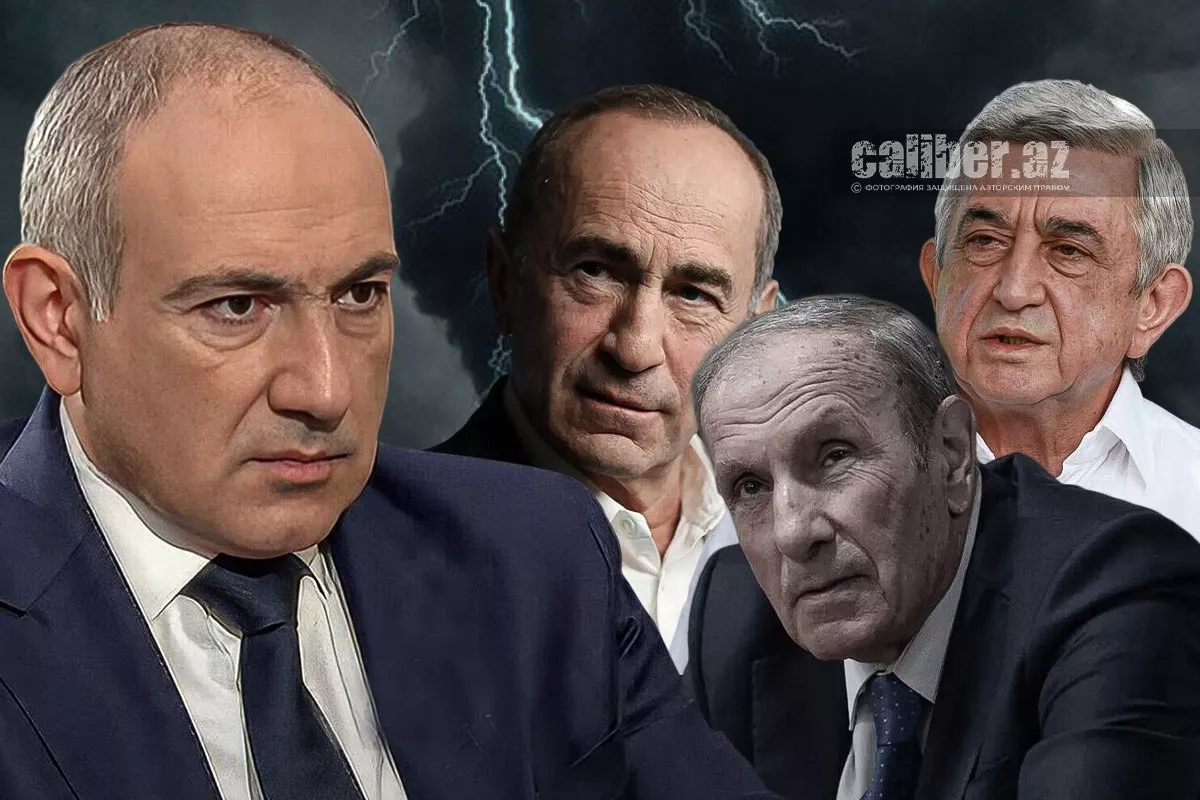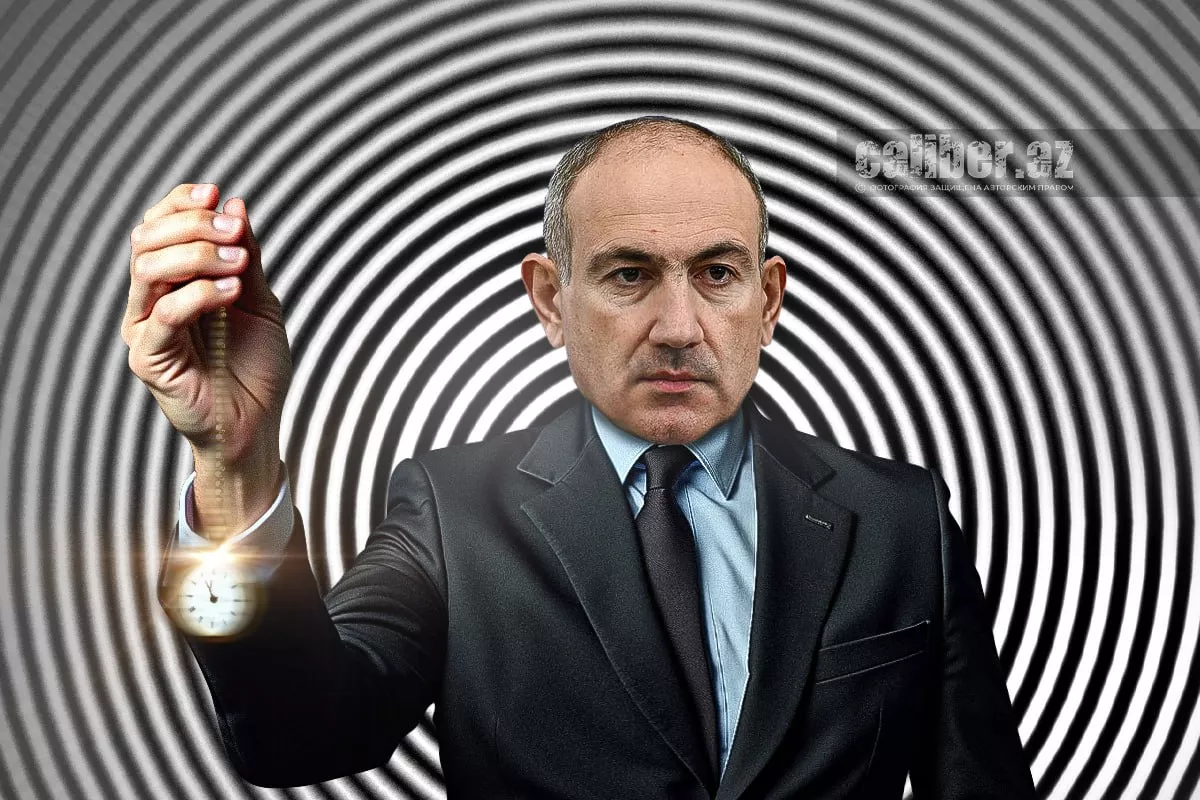Guest from the past Ter-Petrosyan swore allegiance to Garegin
In the struggle between Pashinyan and the Armenian Church, another "knight" has taken the side of the dark robes. Here is how Armenian media present this event: "On June 7, the first President of the Republic of Armenia, Levon Ter-Petrosyan, visited the Holy See of Etchmiadzin and held a personal conversation with the Catholicos of All Armenians Garegin II. During the meeting, the president expressed his full support to the Supreme Patriarch, while sharply condemning the unconstitutional encroachments by the Armenian authorities on the 1700-year-old Armenian Apostolic Church."
Before touching on the main point, it is worth asking where the senior Armenian politician saw these unconstitutional encroachments on the church. If we are to talk about unconstitutionality, it can only be in the context of the church's own actions, which, abusing its authority, openly engages in political struggle, even though the Constitution of the Republic of Armenia clearly declares: "In the Republic of Armenia, the church is separated from the state."
And now to the most important thing. What interests us the most is what Ter-Petrosyan wants, what goal this not a boy but a wanderer of Armenian politics is pursuing by pledging allegiance to the faction in robes?
No matter how much you rack your brains, you come to the following conclusion: Ter-Petrosyan’s actions are nothing more than an imitation of self-importance, an attempt to cloak himself in some kind of exceptional role in the Armenian “game of thrones,” and, ultimately, to gain at least some rating by leveraging the still-existing authority of the Armenian Church.
As is known, the rating of Ter-Petrosyan’s party — the Armenian National Congress — is so low that it failed to pass the threshold to enter the National Assembly in the 2021 elections. It is no surprise that all the former president’s efforts are aimed at increasing this rating. The only problem is that he lacks the resources for such growth.
Ter-Petrosyan’s problem is that he is neither needed nor liked by anyone. The reason is not that he fails to propose a clear program (all politicians are guilty of that); the problem is that he does not offer the main thing — a vivid image of himself. It is no secret that the love of the masses is often based on irrational foundations.

The Karabakh clan is hated by the majority of the Armenian people; however, there are still those who support them. It turns out that 26 percent of the electorate backed this clan, ensuring their corresponding representation in the Armenian parliament in the 2021 elections. The Karabakh electorate clearly understands that they will not be able to “return Artsakh,” yet they still support them because they possess a certain vivid image. They can be loosely described as bearers of provincial machismo. To put it in more familiar terms — their image resembles that of bandits.
The current Prime Minister Pashinyan embodies or exploits the image of a trickster, the timeless archetype found in stories worldwide. It is precisely this trickster essence that secures the stability of his popularity. Pashinyan’s cunning allows an apathetic Armenian society to believe that he will outsmart everyone. This idea appeals to the people, sustains their support, and instills confidence in the future.

Since bandits lose to the trickster, they are forced to form an alliance with a powerful force — the Armenian Church. This force represents the image of priests or magicians. It goes without saying that this caste usually wields significant influence over people’s minds. Against the backdrop of these three powerful archetypes, the ardent pro-Europeans have failed to spread their wings, even though they might have hoped to count on the youth’s votes. The youth, too, prefer the trickster.
As for Ter-Petrosyan, things are quite different. He evokes no emotions in anyone. Half-scholar, half-Nazi, half-warrior, half-pacifist, and at his age, there is no longer any hope that he will ever become “whole.” There is no place for him in the pantheon of Armenian folk characters.
One has to wonder whether Ter-Petrosyan’s rise to power in 1991 was due not to leadership qualities, but rather to a fortunate confluence of circumstances and the prevailing political climate. By the way, Armenian sources have recently begun circulating a character reference issued by the KGB of the Armenian SSR for Levon Ter-Petrosyan, which states, among other things, that in 1977 he was enrolled in the KGB’s special reserve. The authenticity of the document has not yet been confirmed, so we should not rush to conclusions, but it is worth keeping in mind.
Ter-Petrosyan resembles a wandering bear—either awakened too early or (pardon the pun) having overslept his hibernation—and now he roams the Armenian political camp, stumbling into tents and offering his toothless services that nobody needs. One can assume that after visits from this homeless creature, the owners of the offices fling their windows wide open to air out the putrid smell of the guest’s worn fur from the “enchanted forest” of Armenia’s past.








